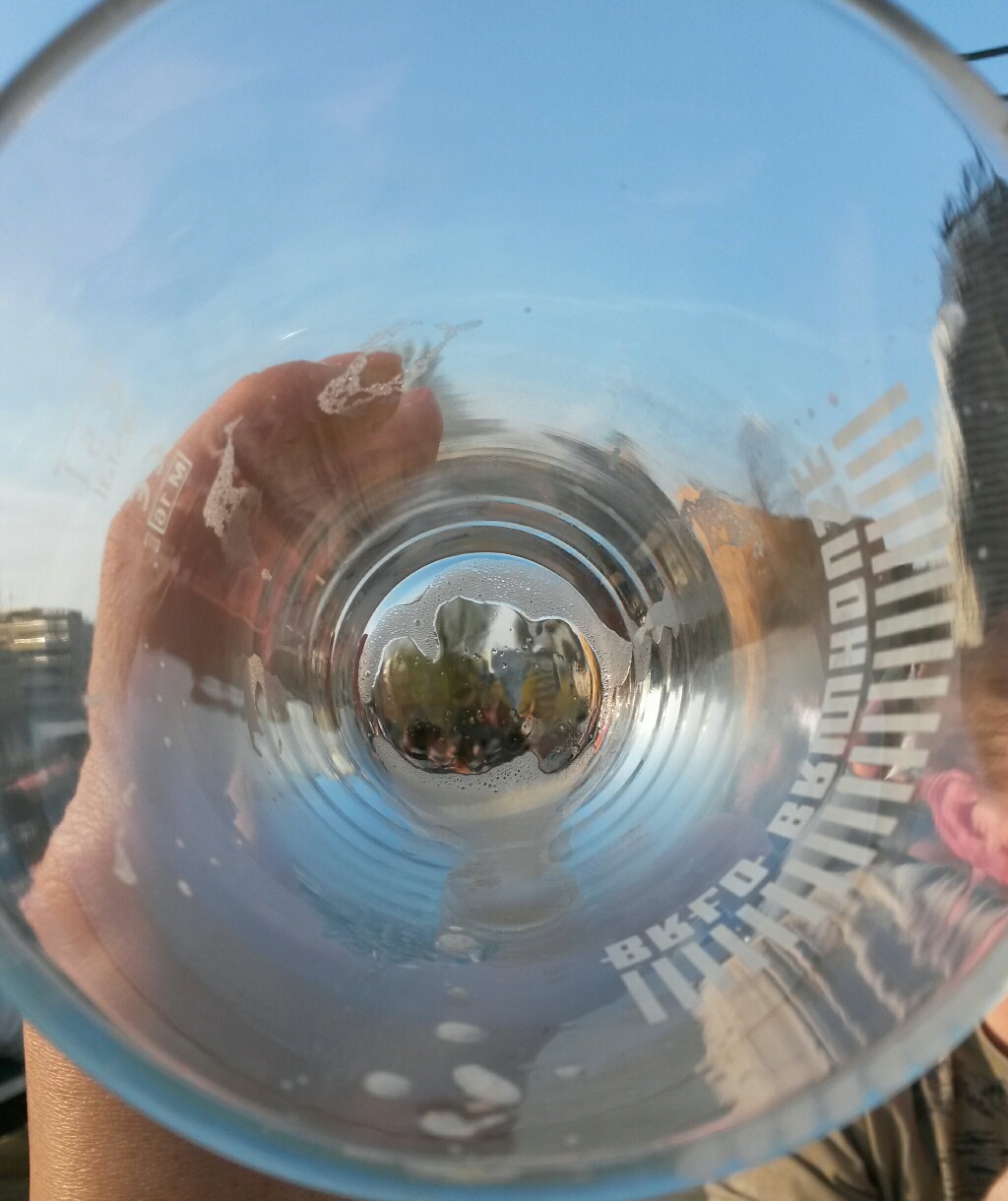
A group of four shirtless guys sat on the grass, smoking pot and rolling a soccer ball in slow listless circles. Across the clearing, a man in a leather costume, with a mask and a long graceful tail, was pulling a two-wheeled cart. The lingerie-clad driver smacked him with the reigns and urged him to trot faster.
At first, I took a small group of people sitting together on the ground to be a typical picnic gathering. Closer inspection revealed that those struggling into horse costumes were chomping at the bit for their turn to be in harness. Nearby, a group of families with small children kicked balls and threw frisbees and paid no attention to them at all.
We read and drowsed in the afternoon sun. The occasional horse-fetishist cantered past. A couple who had spent most of the afternoon locked in long lingering kisses suddenly stood up and stretched. The girlfriend removed her boyfriend’s shirt, blindfolded him with it, and wrapped him in rope — methodically, meditatively — until his arms were bound to his legs in a diamond pattern of elaborate knots.
The grass was damp, and the birdsong mildly hypnotic. I closed my book and shut my eyes, dozing in the sun and thinking of cold draft beer. It was a typical Sunday afternoon in the Tiergarten, the city’s largest park.
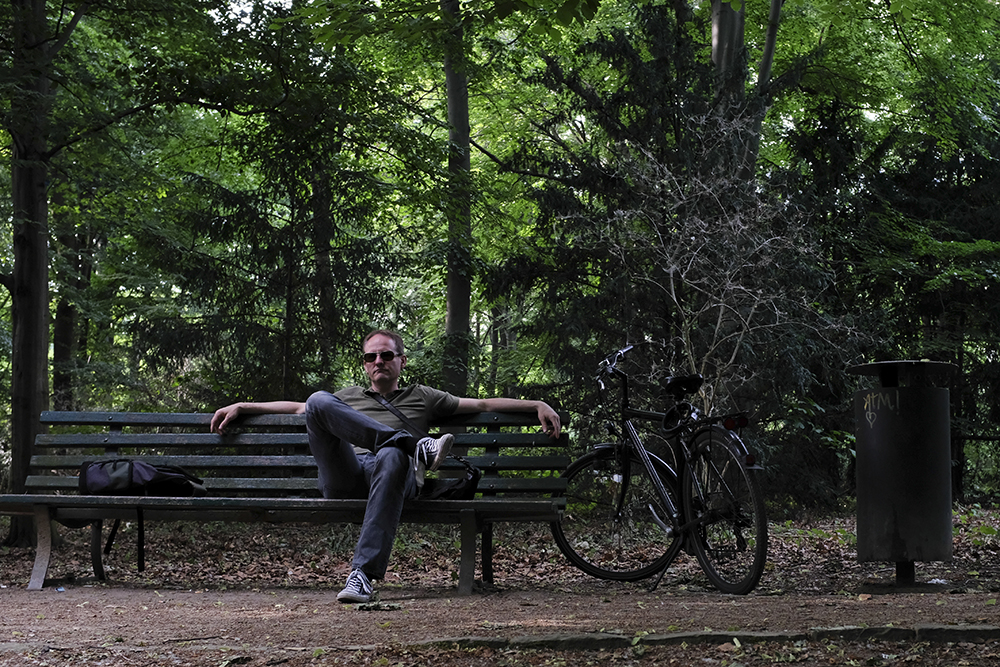
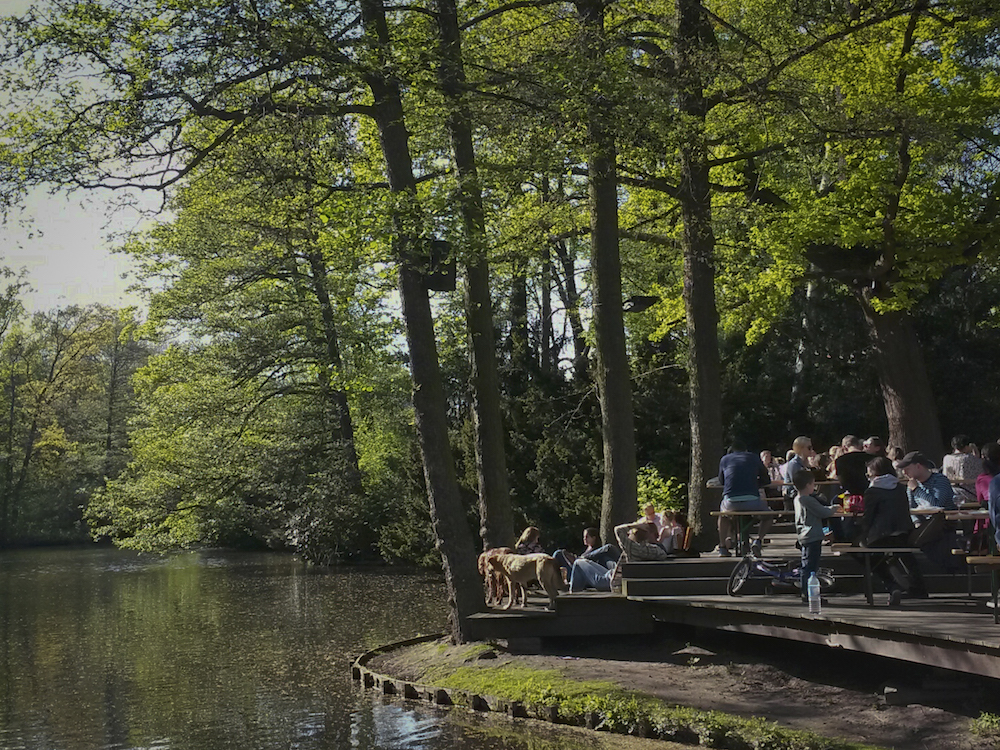
When I ask people in other parts of Germany what they think of their capital, the most common response is scorn. “Berlin is filthy,” they say. “There’s graffiti everywhere, and so much litter. And no one follows the rules.” It’s true, the city is dirty by German standards, but for those of us who live here, that unpretentious shabbiness becomes part of its charm.
Berlin has always attracted drop outs, artists, committed pacifists and nonconformists. They came for the empty buildings and cheap rents after the fall of the Wall, and they came before reunification because citizens of West Berlin didn’t have to do military service. I sometimes think of it as a national dumping ground for anyone who doesn’t fit the typically German obsession with conformity.

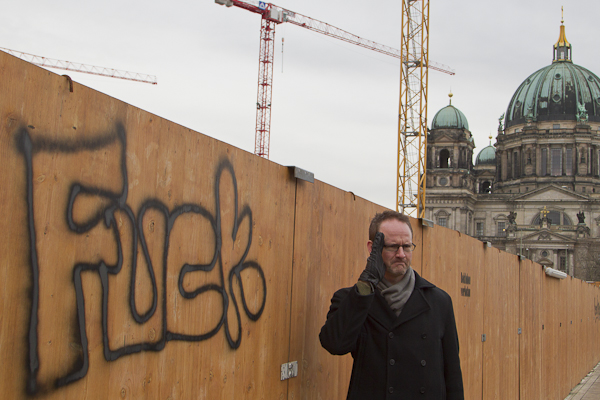
I live in a district called Kreuzberg, where the U-Bahn trains are filled with steampunks, goths, Bohemian artists, migrants, and musicians, and the occasional businessperson in a suit. If it’s after 4pm, one third of the passengers will be drinking beer from a bottle they grabbed at a späti (a typical Berlin convenience store) along the way. Oh, and the corporate executive you see on his phone will ditch the suit for leather the moment he gets home, because after hours he’s a dedicated punk.
That’s one of the greatest things about this city. You can be anything you want in Berlin and no one will give you a second glance. Perhaps that’s why it has always been a place where people come to reinvent themselves.
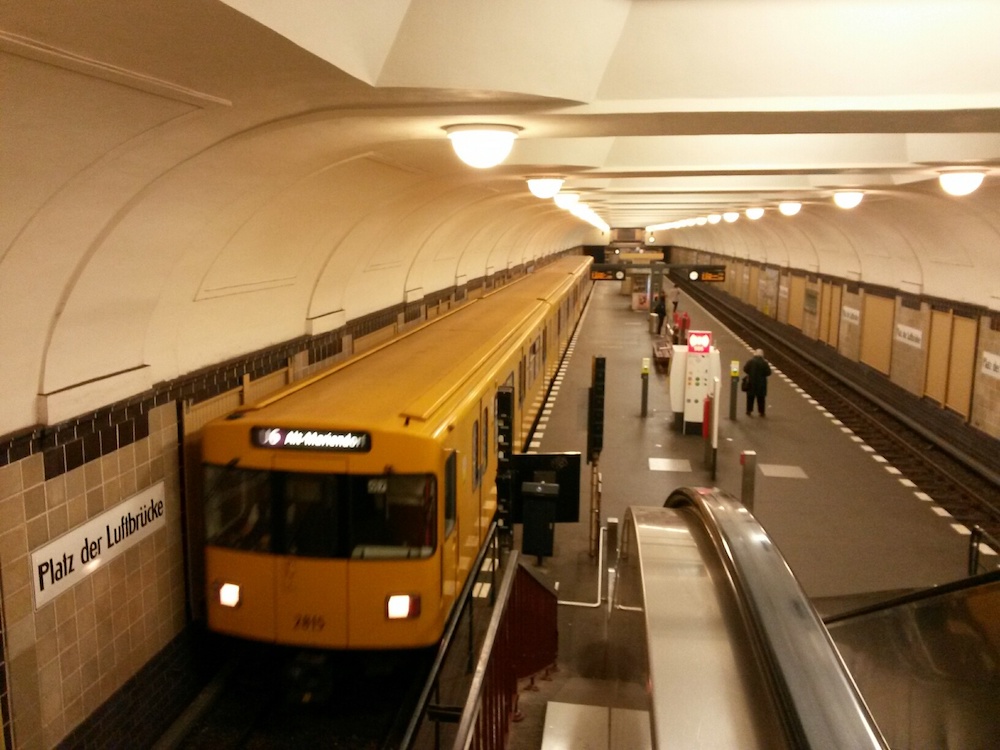
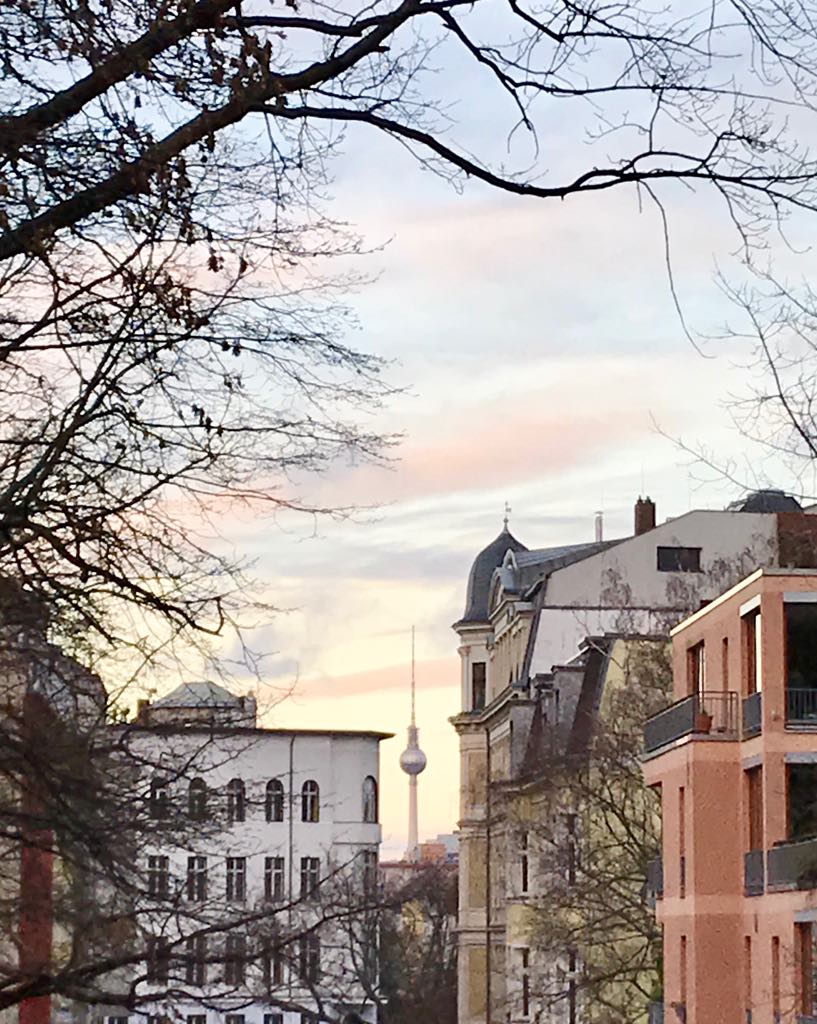
David Bowie is of course the most famous example. He arrived in 1977, wracked with cocaine-paranoia and harried by fame. He came because no one cared who he was here. He could take the bus and walk down the street and live a normal life, surrounded by people who were entirely unimpressed by his celebrity.
The nondescript second floor flat he shared with Iggy Pop is just down the street from my place. His old neighbourhood has changed, of course. The street near Kleistpark is wider and busier, and many of the working class families have moved on. But the Anderes Ufer bar, where he hung out with the famous transgendered nightclub owner Romy Haag, is still there (it’s called Neues Ufer now).

The streets next to Hansa Studios have changed, too. That’s where Bowie recorded his most original albums: Low and ‘Heroes’. The Berlin Wall no longer casts a shadow over the death strip below, and the no man’s land of Potsdamer Platz is now home to the neon lights of Sony Centre and modern glass-clad architecture. But something about those instrumental tracks from the b-side of Low still captures Berlin’s strange dystopian beauty, especially late at night. There’s the gritty feel of the streets, a pre-reunification edge channeled through dissonance and weird reverberating voices just beyond my comprehension. He’s even grooved the weather: fast-walking people dressed in European grey; leaden skies and tobacco light. It’s all right there etched in black vinyl, and so is Bowie’s excitement at being creatively free.

David Bowie was only here for two years, but tourists still come to Berlin for “Bowie tours” because the city and the artist left such marks on each other. But as original as he was, David Bowie wasn’t the first to come here in search of new beginnings. My other Berlin inspiration was the painters of the German Expressionist group Die Brücke (The Bridge). Formed in Dresden in 1905, key members Ernst Ludwig Kirchner and Max Pechstein moved to Berlin in 1911. I often visit a small museum dedicated to their work. It’s a long, quiet bus ride out to the Grunewald, Berlin’s forested western edge. That deceptive oasis of calm contains paintings and woodcut prints that open one’s perceptions to a bizarre dynamic world of lurid green skies, flat intense colours and bold lines.
These artists scattered into solitude again before the First World War, but their images stir up something beyond words for me, something closely tied to stories of the unconventional lifestyle they tried to create here in Berlin and up north on the Baltic coast. Die Brücke anticipated the brief flowering of freedom and Bohemian excess that would rage through this desperately poor, inflation-ravaged city in the years between the two world wars. But their search for reality behind appearances, and their rejection of naturalism and the insipid sentimental realism that appealed to the Nazis, would led to the eventual vilification of German Expressionism when Hitler’s propaganda minister banned so-called “degenerate art.” Like the Weimar Republic, Die Brücke flared with great intensity but quickly burned itself out.
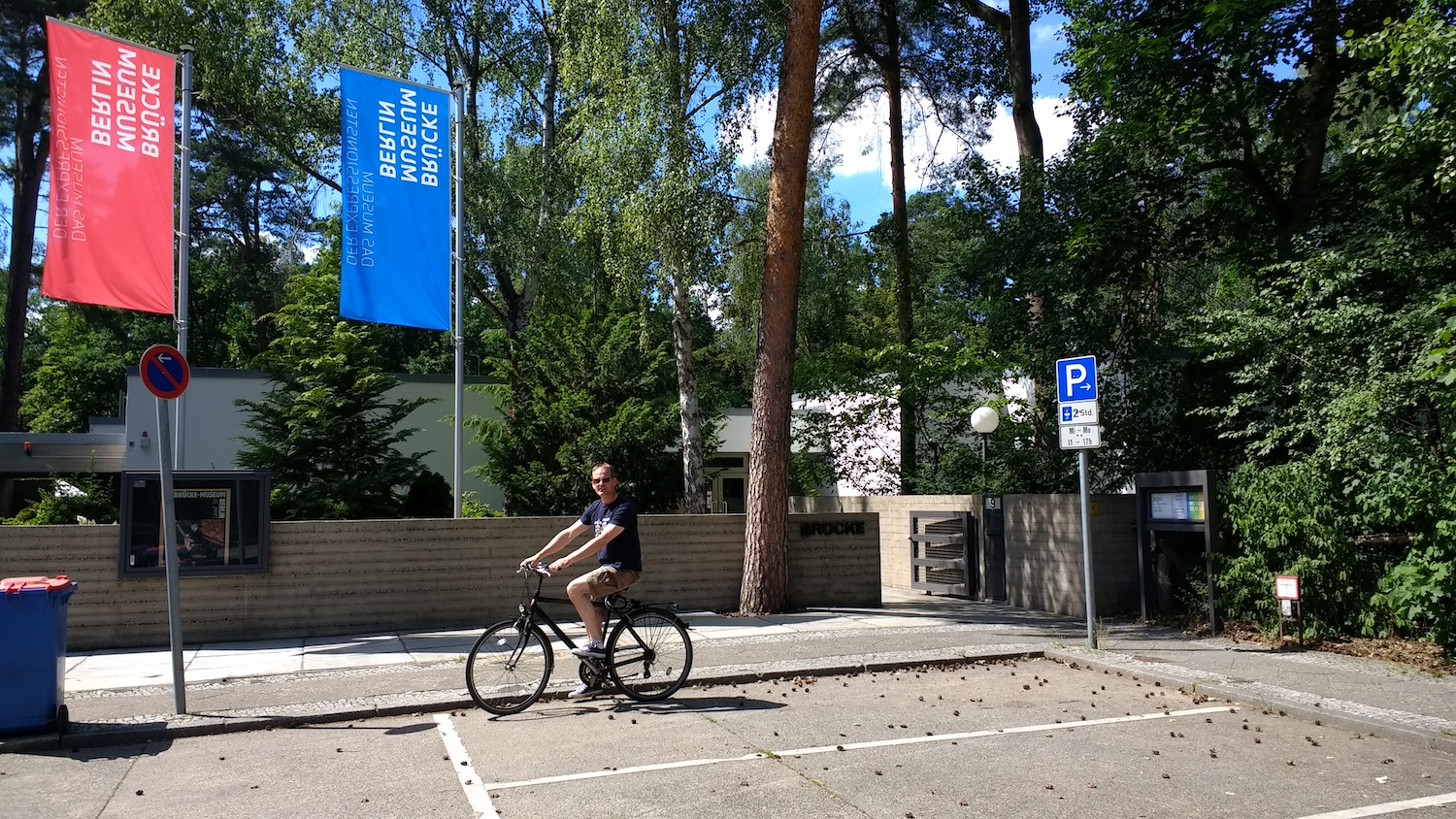
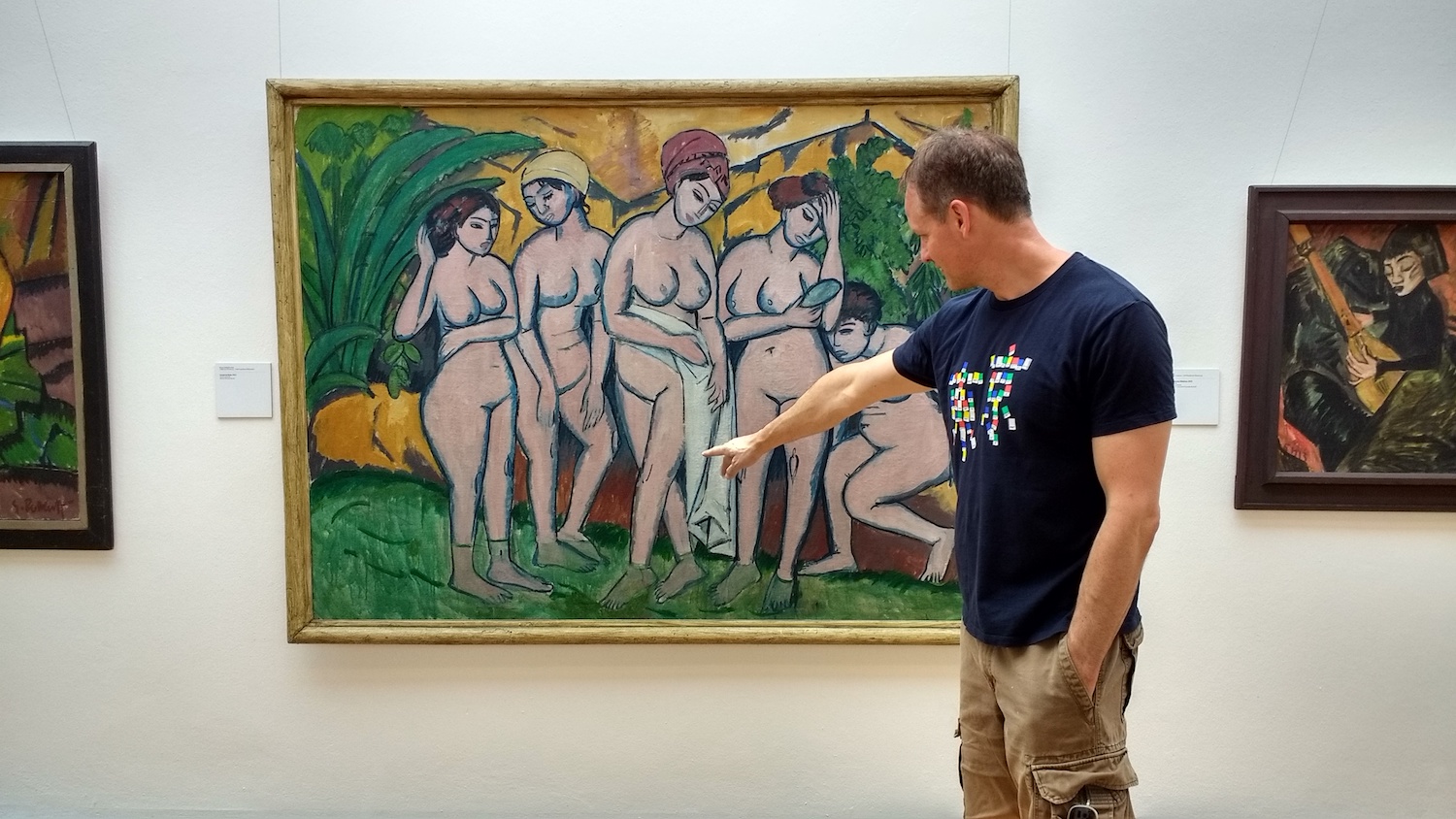
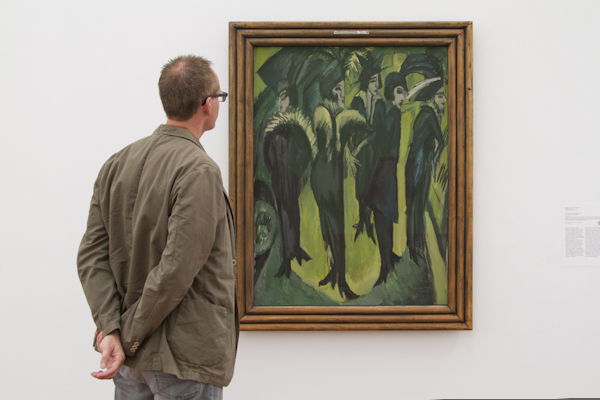
The romantics among us still see Berlin through the filter of the Weimar cultural flowering described in Christopher Isherwood’s Goodbye to Berlin. But this is also a city with a very dark past, and you can’t walk a block without being reminded of it.
I feel it most vividly when my feet bump up against one of the many Stolperstein (stumbling stones), 10cm x 10cm brass plates set in the sidewalk in place of normal cobblestones. There are several around the block from my flat, inscribed with the name and life dates of victims of Nazi persecution. Every time I pass one, I think about the people who were dragged from that normal looking building in the night and taken away by jackbooted thugs. Even more, I’m haunted by thoughts of the neighbours who knew them but didn’t try to help.
There are other dark relics in my neighbourhood, too. There are air raid bunkers constructed by the Nazis in the lead up to World War Two. One has an apartment block built partially over it because, like the scars they left on the national psyche, this concrete structure is too solid to be removed.
The same is true of the “heavy load-bearing body” I pass every day on my bicycle. The 12,000 tonne concrete cylinder was put there on the order of Hitler’s architect, Albert Speer. He wanted to test the sandy ground to see if it could support a colossal triumphal arch which would have been erected had Hitler survived long enough to transform Berlin into Germania: his dystopian world capital. Otto Friedrich wrote in Before the Deluge, “Adolf Hitler never liked Berlin. He disliked its wit and its cynicism and its cosmopolitan atmosphere.” Germania was his unrealized attempt to remake the city he loathed.
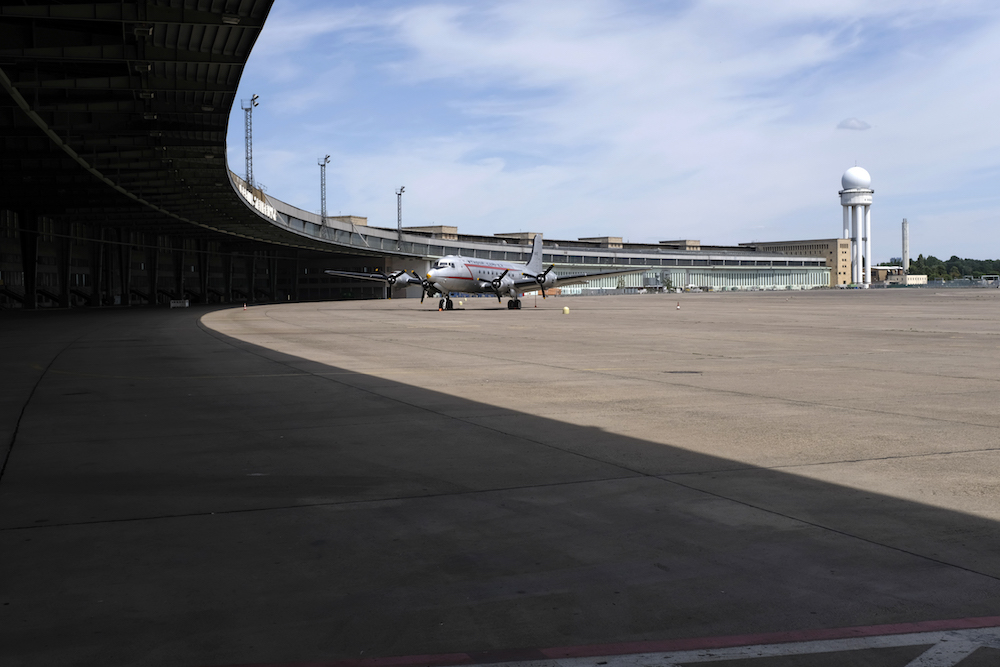
Perhaps the largest reminder — both in terms of historical aura and scale — is the terminal and hangars of Tempelhof airport. The 1.2 km long complex was built by the Nazis to be the most advanced airport the world had ever seen, but war cut short their plans and they never used it for commercial flights.
When Berlin fell to the Allied armies, the city was a smoking ruin, and Tempelhof ended up in the American sector. How ironic that one of the world’s largest remaining Nazi buildings would become the centre of the Berlin Airlift during the Cold War, a symbol of freedom in the face of totalitarian aggression.
The airport closed in 2008. City officials wanted to develop this prime expanse of land, but Berliners held a referendum and their message was unequivocal: leave it alone. At a time of housing crisis, when every vacant lot is crammed with cranes and rising blocks of flats, Berliners chose freedom and open space.
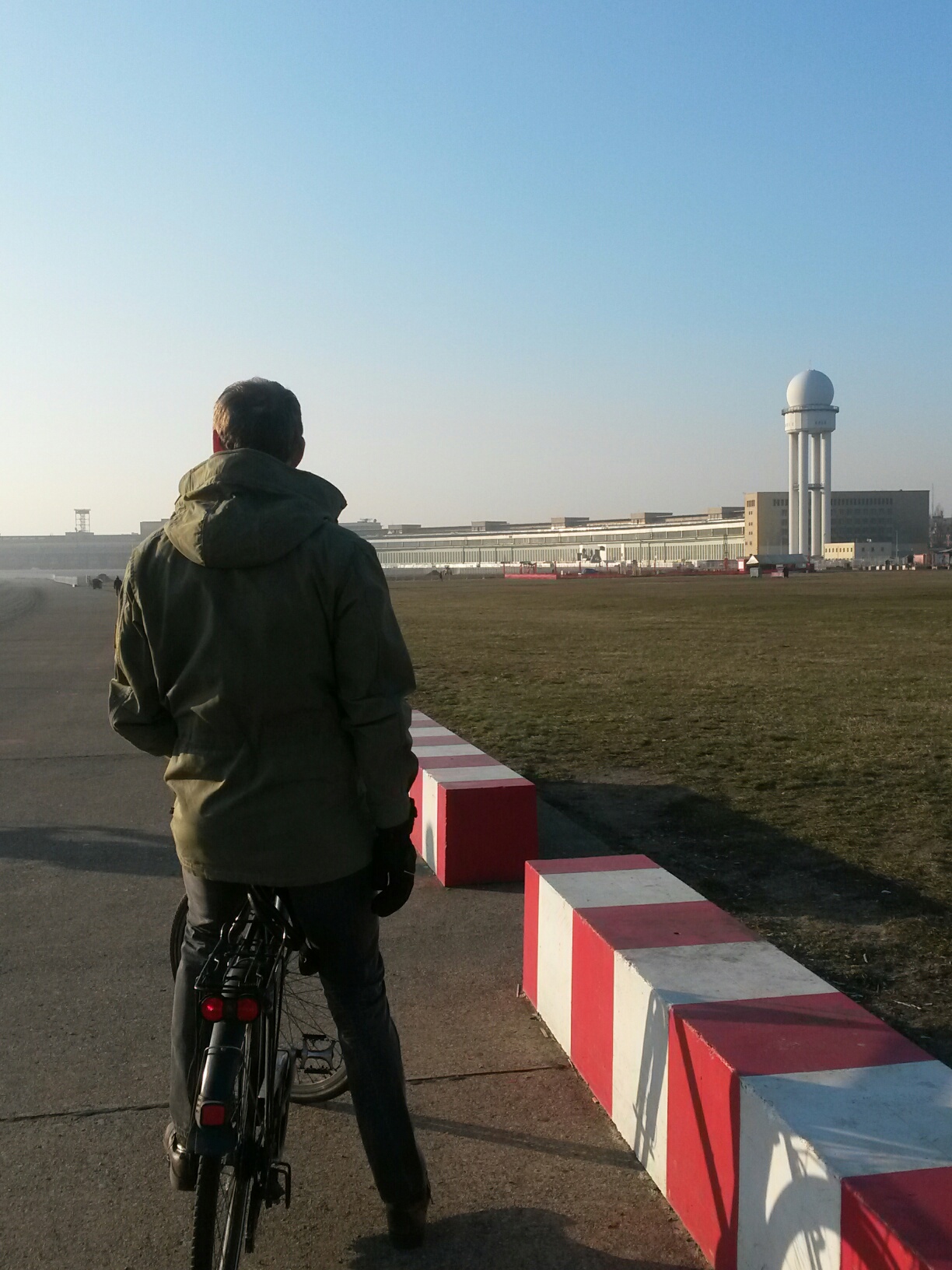
On summer days, Tempelhofer Feld — an urban park larger than the principality of Monaco — hosts a lively crowd of barbecuing families, couples walking hand in hand, earnest red-faced joggers pounding out their morning-after repentance, and kite boarders zipping down runways propelled by the wind. I see hope in this, despite the terrible things that happened here. Berlin has risen from the ashes again and again and stubbornly gone about things its own way.
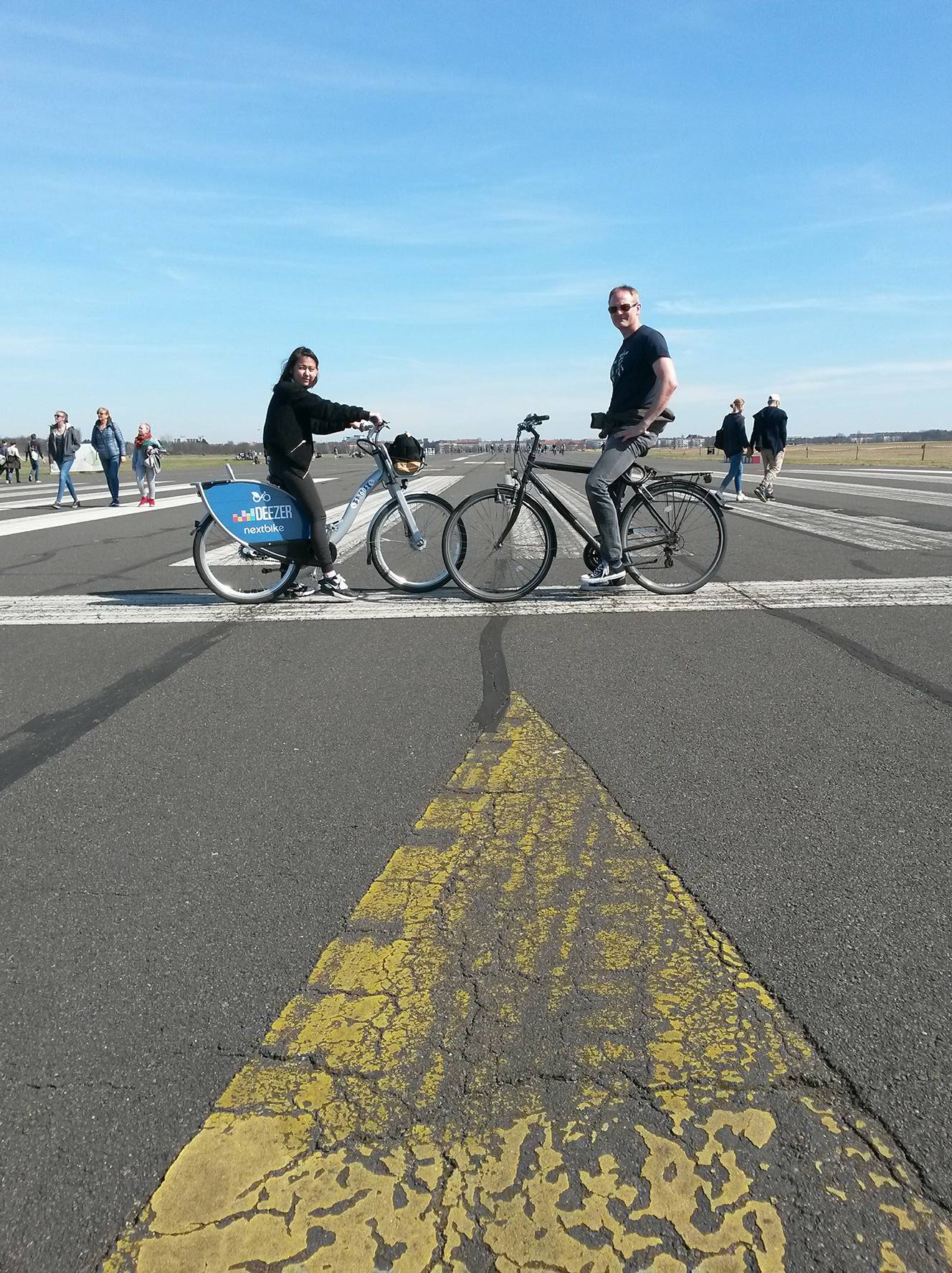
Sure, for most of the year we inhabit a grey-toned world, but when the sun is out and the sky is blue, this is a city of bicycles and open-ended walks. Especially on Sundays — a day of silence in Germany, when shops are closed and apartment-dwellers are forbidden from making noise that disturbs their neighbours.
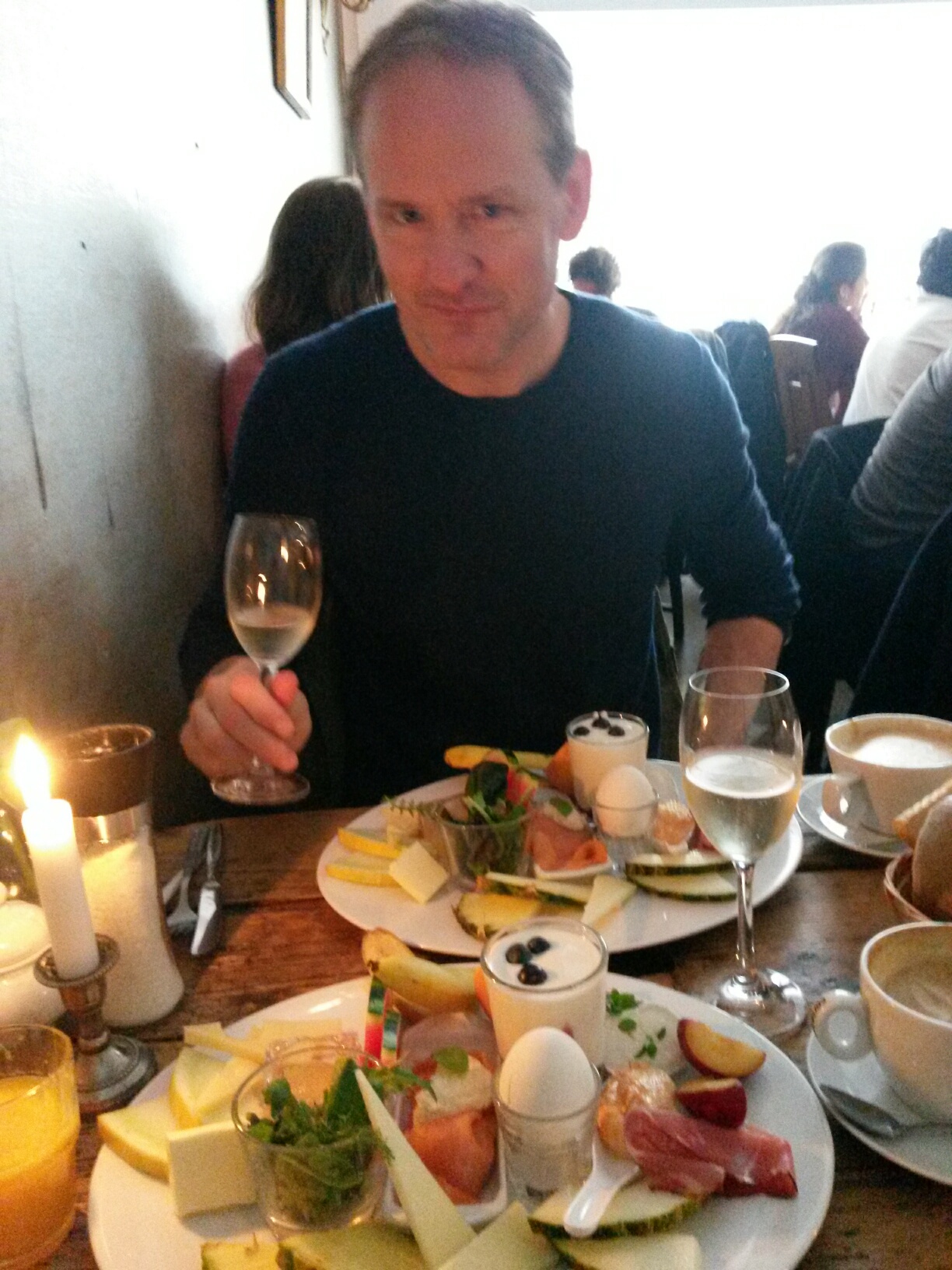
With no possibility of doing self-improving work, Berliners take long late breakfasts, browse at flea markets or meet friends at a favourite biergarten. Sundays are also the day we bike to the park with a blanket and a book. And so we come full circle in our story, back to the Tiergarten and the horse fetishists and the trees.
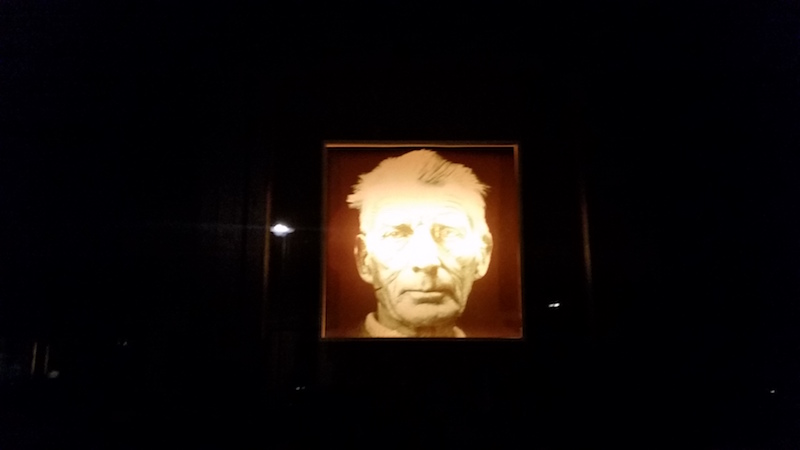
It’s the weekend, and tonight we’re crossing town to Beckett’s Kopf, one of my favourite cocktail bars. There’s no sign to mark its location, just an illuminated photo of Samuel Beckett in the window, and a doorbell.
The menu is presented inside a volume of Beckett’s plays: a choice of 10 drinks made with seasonal ingredients. I order the Forrest, a whiskey-laced autumnal cocktail that tastes of crisp fall air and woodland things. I sip it and I’m back in Canada, in the woods behind my grandmother’s house. I hear brittle leaves crunch under my feet. A twig snaps, and the treetops sway with October cool. My world is tinted russet brown, with a distant scent of woodsmoke, and a feeling of being wrapped in warm flannel.
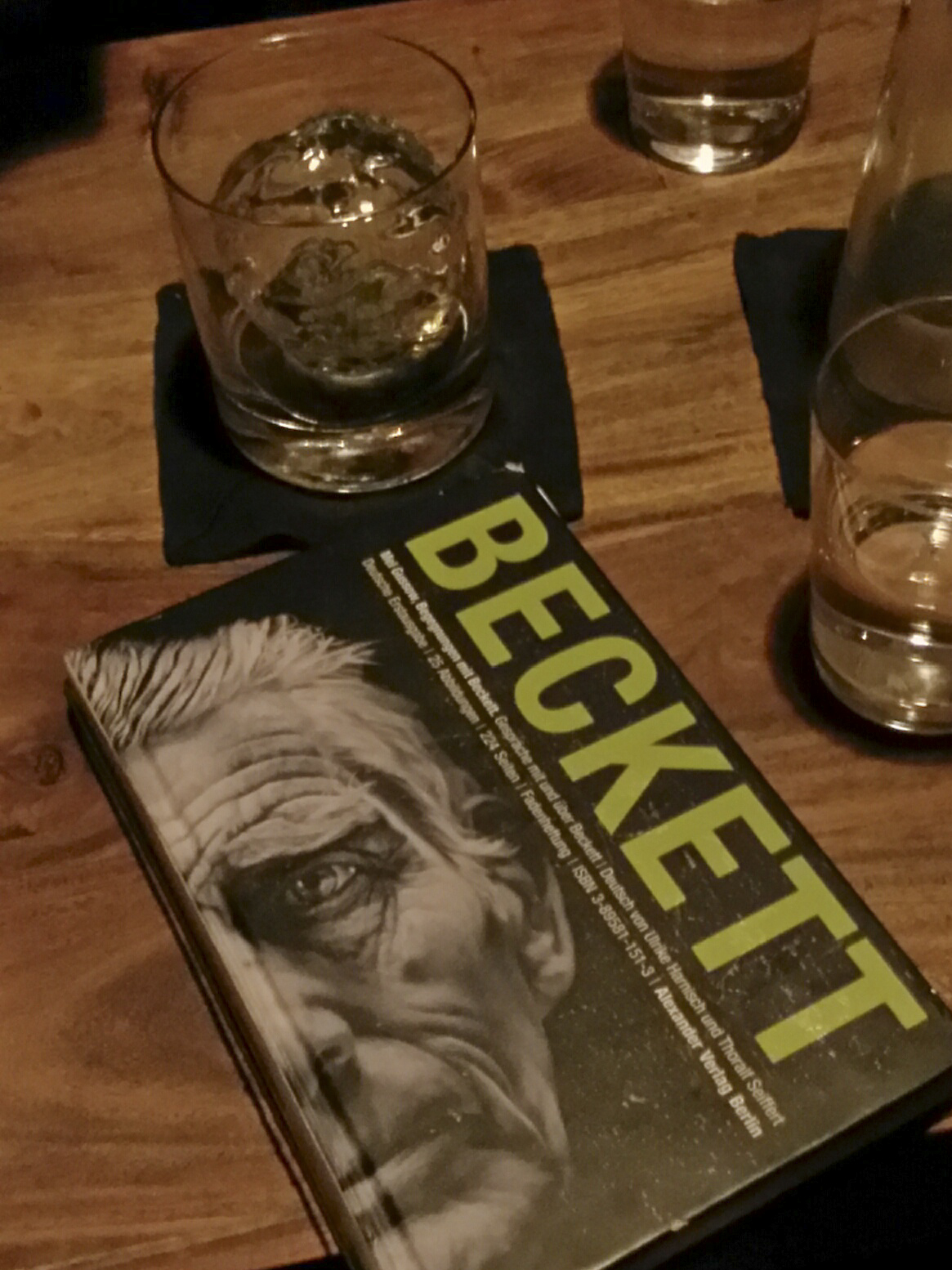
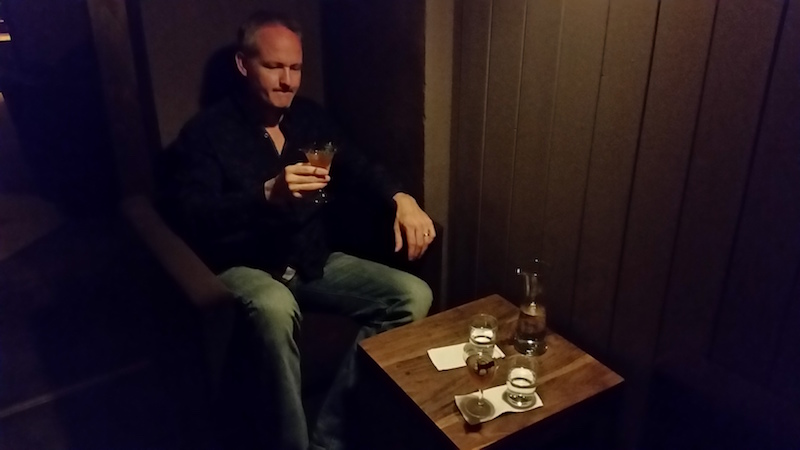
I know the warmth is just from the Scotch, but that peat lingers like early memories in the final decade of one’s life. Those memories stay with me as we walk the nighttime streets of Prenzlauer Berg, down to the Lichtblick-Kino, a narrow 32-seat cinema that’s been showing a midnight screening of Casablanca for the past 15 years.
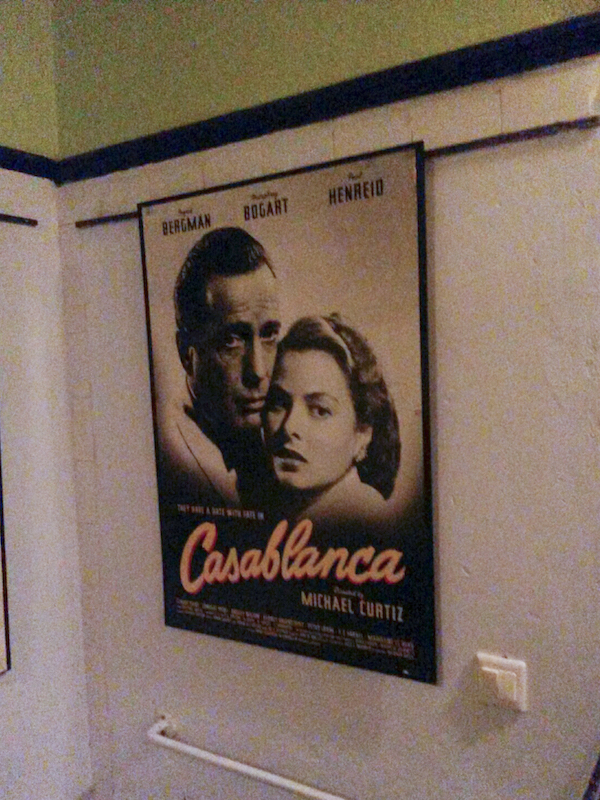
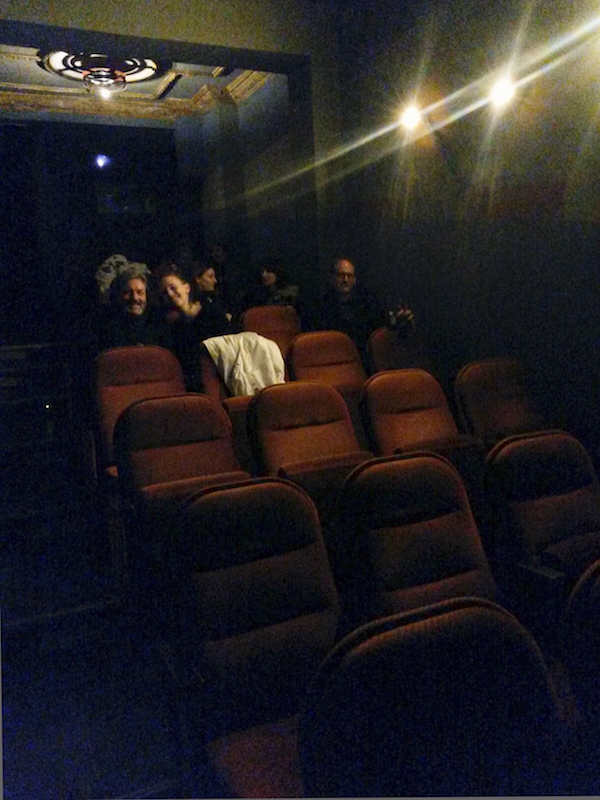
Photos ©Tomoko Goto 2017 – 2019
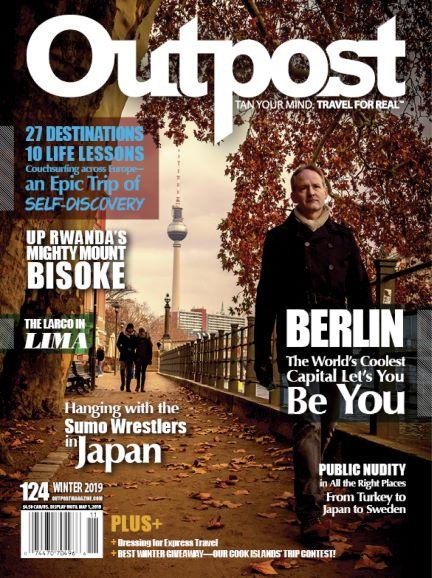

Get your FREE Guide to Creating Unique Travel Experiences today! And get out there and live your dreams...
